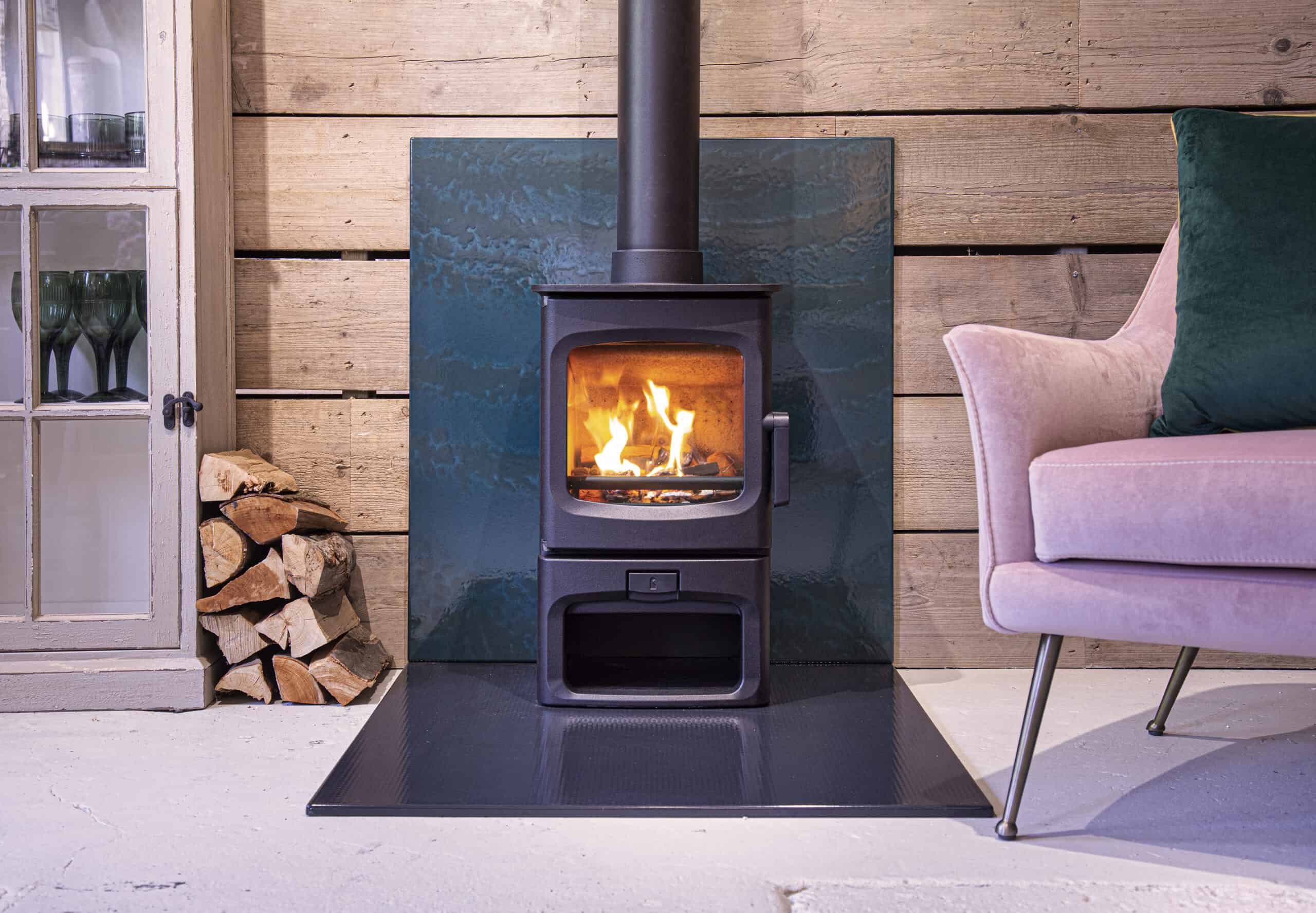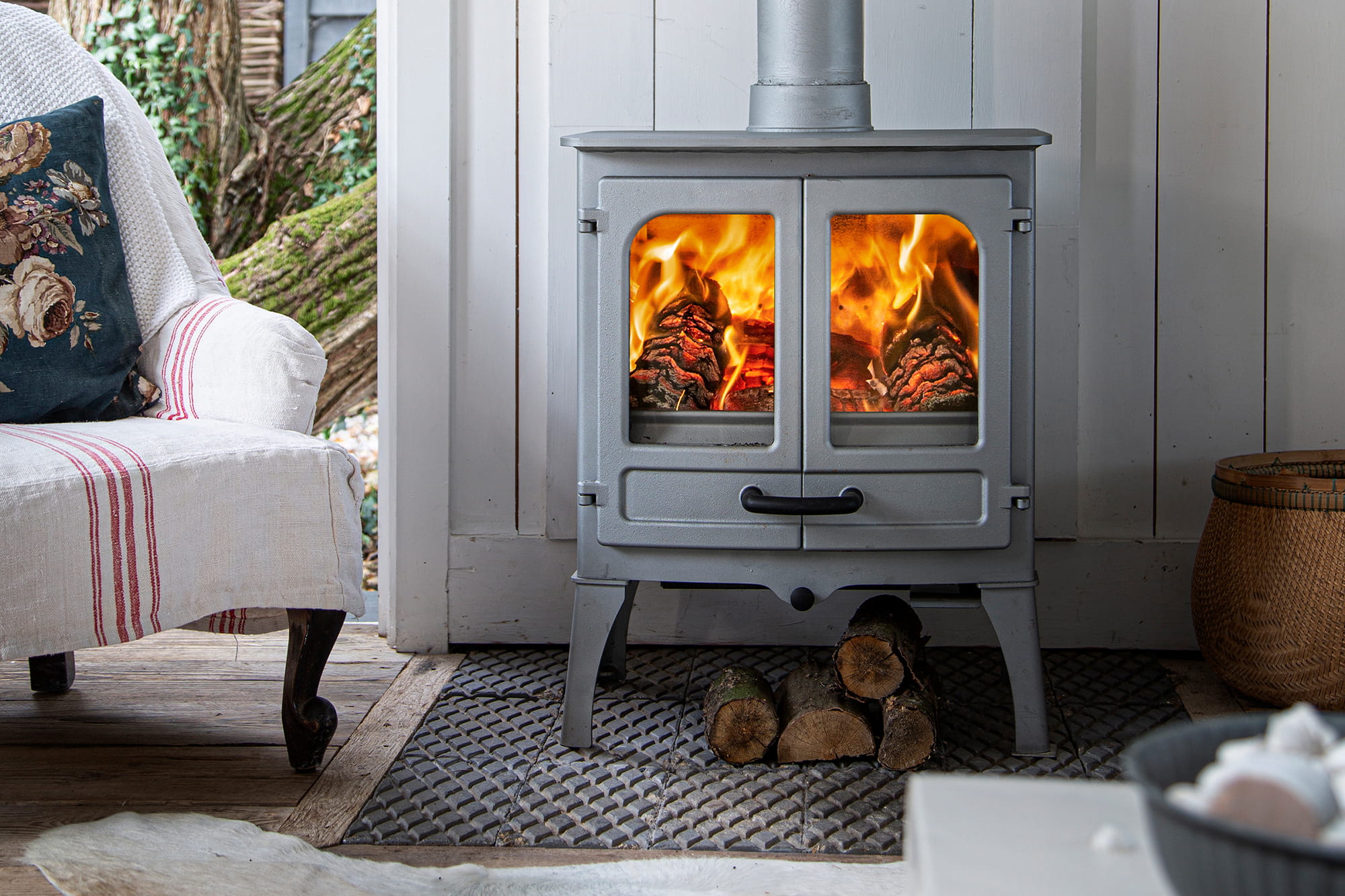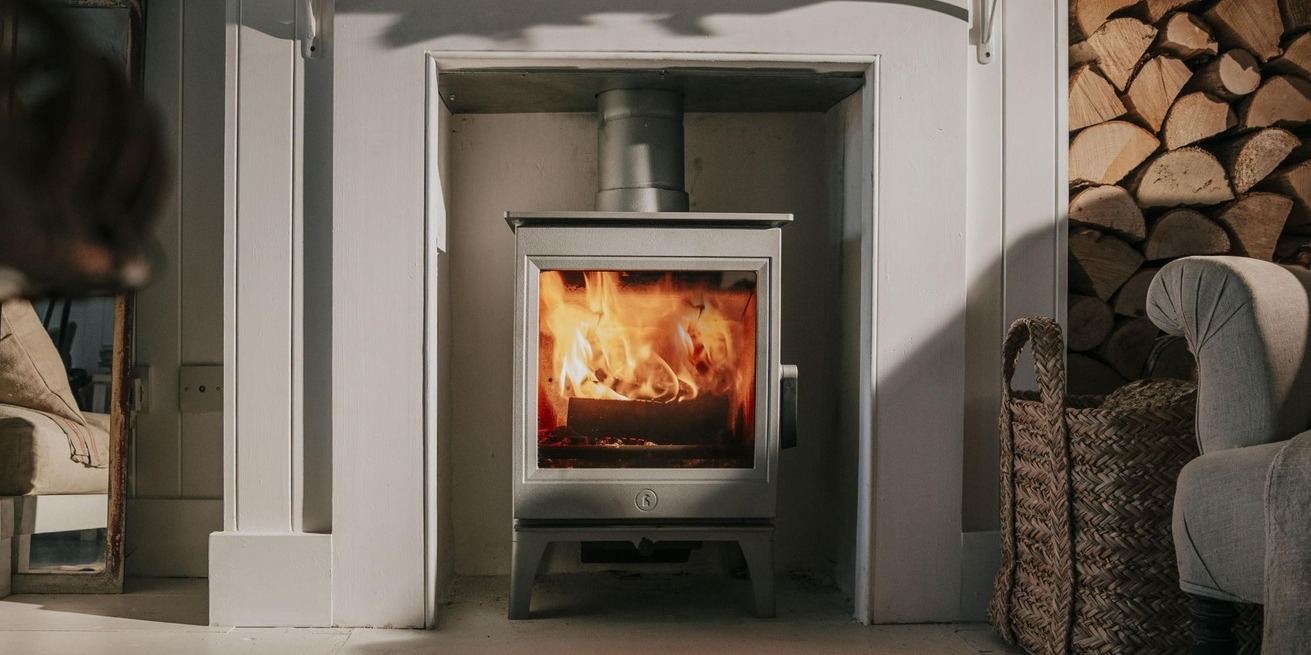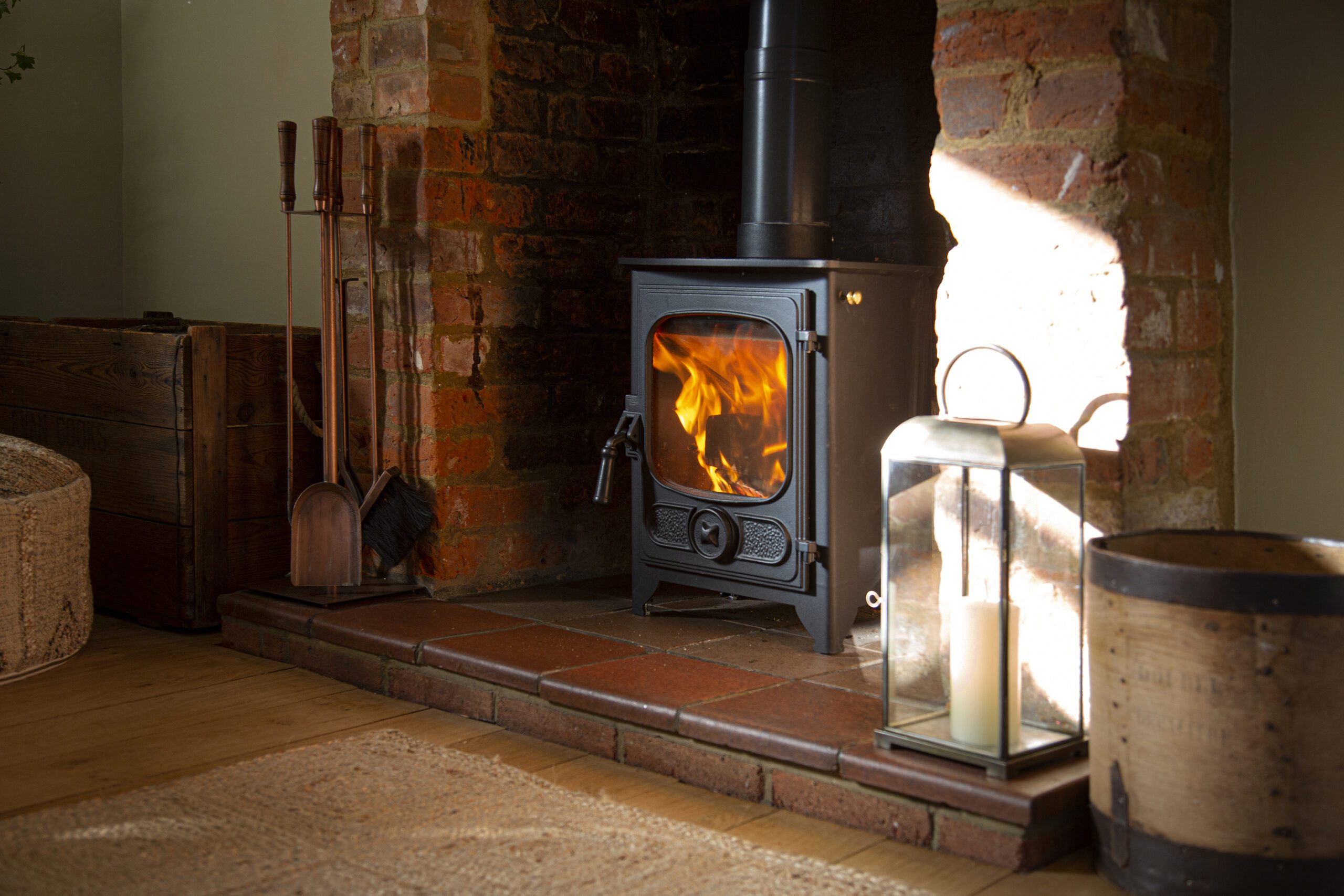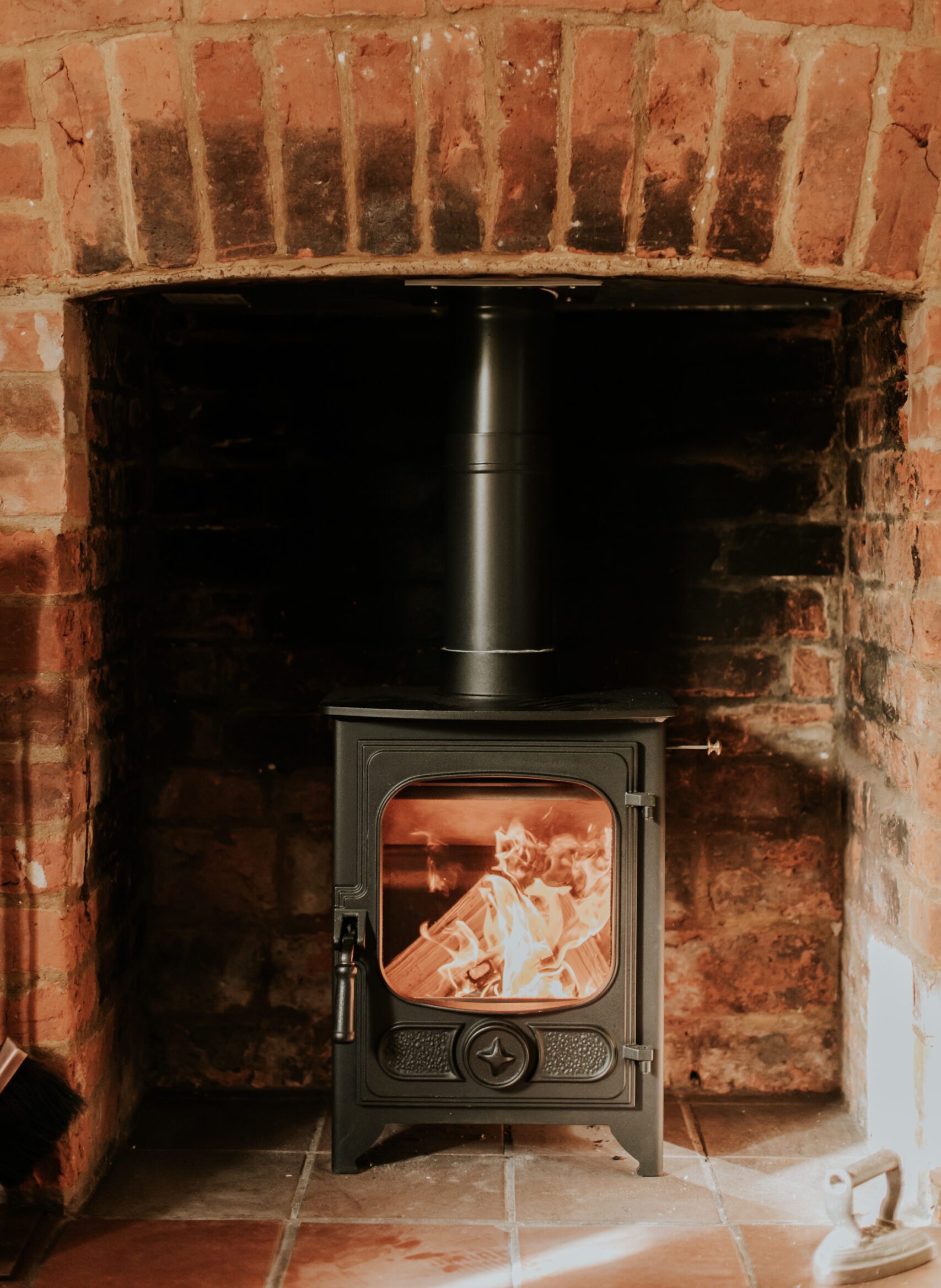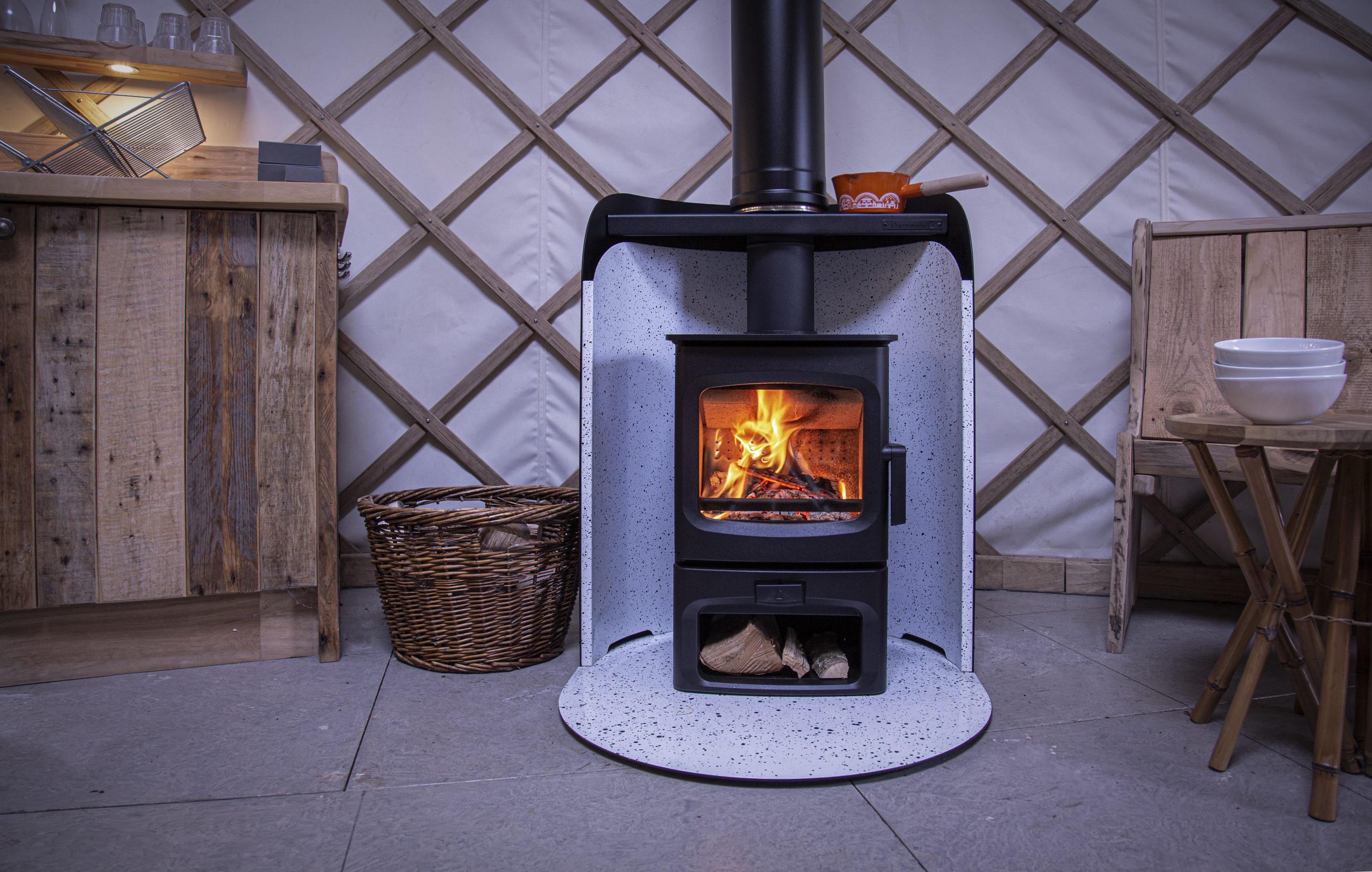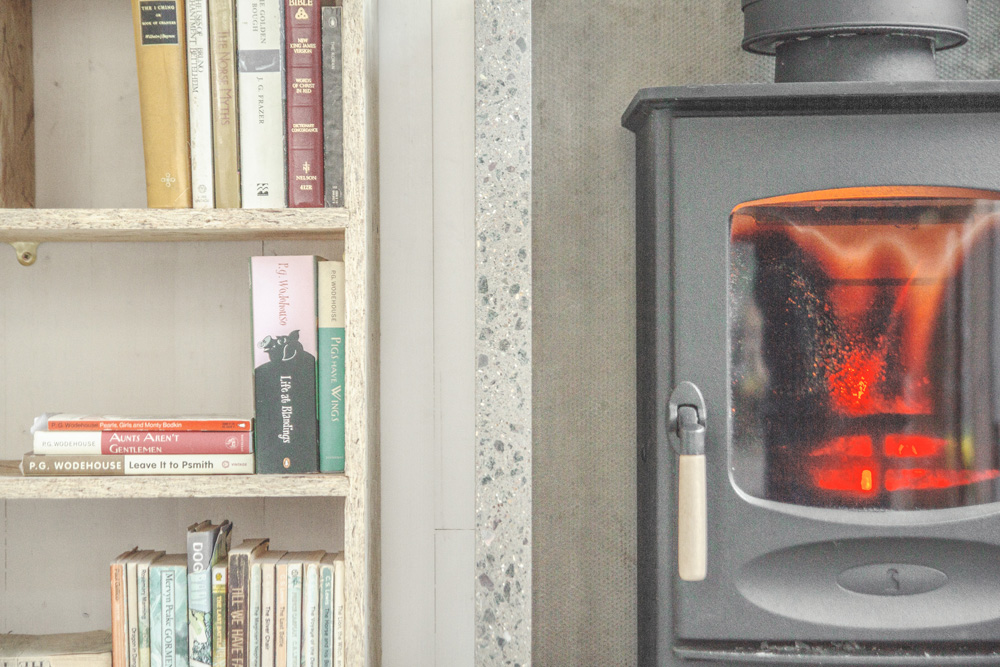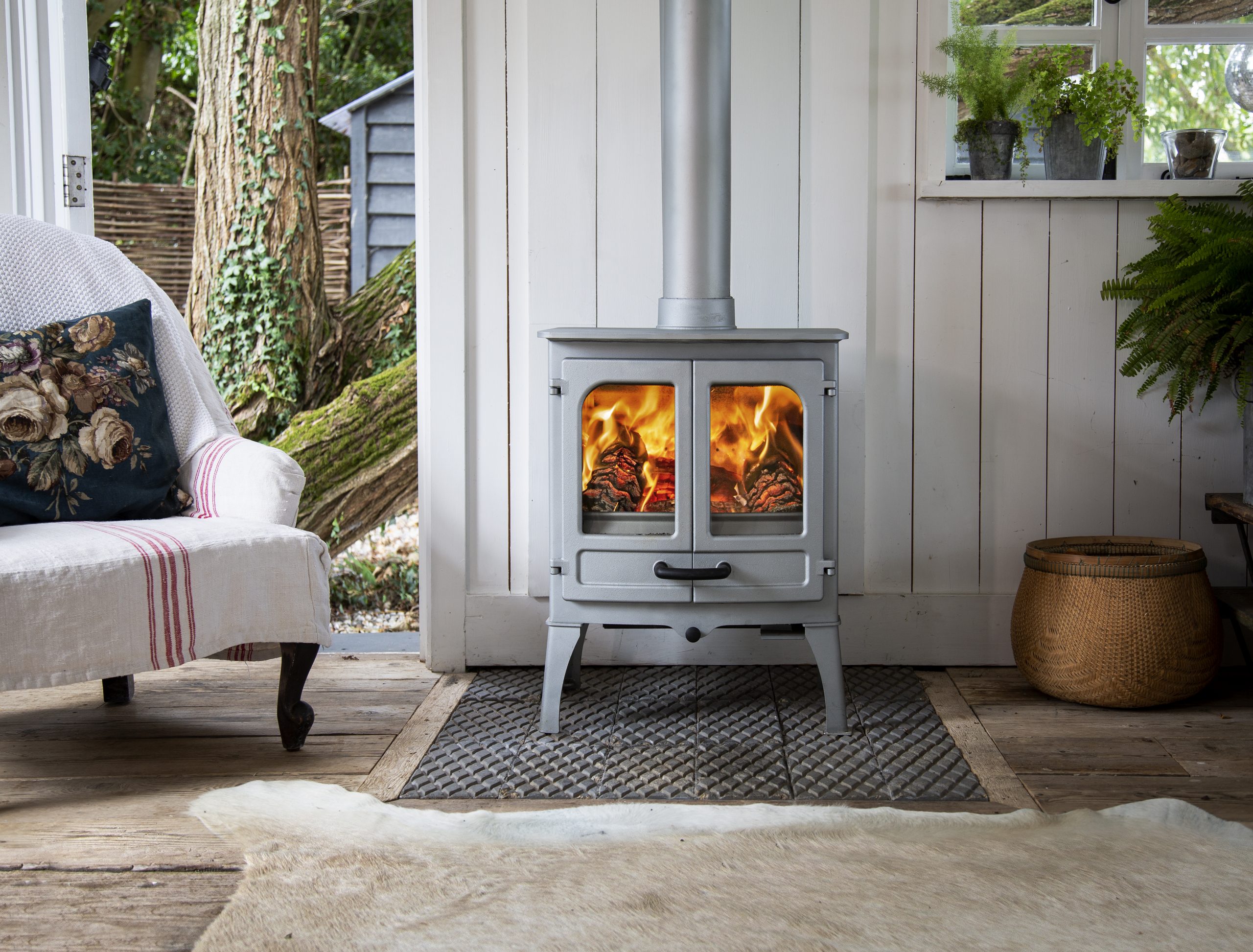What is an Electric Stove and a Wood burning Stove?
An electric stove is one that uses electricity to produce heat and a wood burning stove, quite simply, burns wood for heat. They both have their advantages and disadvantages when it comes to cost, heat output and ease of use. This article will help you weigh up the pros and cons for your particular situation.
Electric Stove Benefits
Electric stoves are very easy to use, usually at the flick of a switch and can even be activated with a remote control. They also have relatively low purchase prices with many costing between £100-£500.
Because they use a heating element to warm up the room, there is no mess to clean up. This also means they also don’t need any vent or chimney, meaning they are easier to install, can be installed in more locations in the room and can easily be installed in apartments. This means the installation costs are lower than a wood burning stove.
If you have solar panels (or another form of harvesting renewable energy at home), you could be heating your house at a reduction.
Electric Stove Drawbacks
Perhaps the biggest drawback of electric fireplaces is if there’s a power cut, there’s no heat. One of the biggest causes of power cuts is storms damaging power supplies, and these usually take place in winter, which is just when you need your fireplace the most! This is a particular concern issue for those who live in rural or more remote locations.
The price of electricity is greater than that of wood and it’s sensitive to global fluctuations, meaning it can soar easily – as seen in the winter of 2022/23). In many cases, the production of electricity relies on burning fossil fuels, which isn’t sustainable.
While electric fireplaces can imitate the appearance of flickering flames, they lack the appeal of real flames and don’t have the comforting crackle or homely smells of a real fire.
Most electric fireplaces are only able to produce around 1.5kW or 5,000 BTU (British Thermal Units), whereas wood burning stoves typically generate 4 -10 kW (14,000 to 35,000 BTUs), with some going as high as 15kW (50,000 BTU). Also, the heat generated from electric fireplaces only stays in one room.
Wood burning Stove Benefits
Logs are the cheapest fuel for households, costing 74% less per kWh than electric heating. After installation, a wood burning stove is far more cost-efficient in heating your home than an electric fireplace.
Wood-burning stoves also generate a lot more heat than electric fireplaces, comfortably producing 4-10kW (14,000-35,000 BTUs. This level of heat output, combined with the low costs of the logs, makes wood burning stoves incredibly efficient.
With a wood burning stove, you can funnel the heat to other parts of the house, not just the room it’s in; this additional use increases the efficiency of your wood burning stove.
Beyond their warmth, they make the real sounds and smells of a crackling fire, making for an unparalleled experience of comfort and have many well-being benefits.
Wood burning stoves need no electricity to work and so are immune to power cuts and price hikes.
Wood burning Stove Drawbacks
The initial installation of a wood burner, and a flue if necessary, isn’t cheap. The average installation, including the purchase of the stove itself, is about £2,000.
Requires the chimney to be swept at least once a year – as well as improving the efficiency, this is vital for safety reasons.
You need to have somewhere dry for you to store your wood.
So which is better?
While both have pros and cons, the low running costs and high heat output of wood burning stoves make them a clear winner in our book (even if we are slightly biased!)
Here at Charnwood, we sell a range of wood burning and multi-fuel stoves in contemporary and traditional styles, incorporating the latest in clean burn technology.
We’ve been committed to providing quality wood burning stoves since 1972 and we know all there is to know about wood burners, and how to get the most out of the wood you burn. If you have any questions about heating your home with a wood burning stove, please get in touch.

